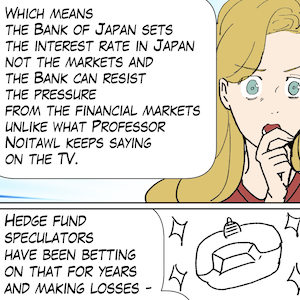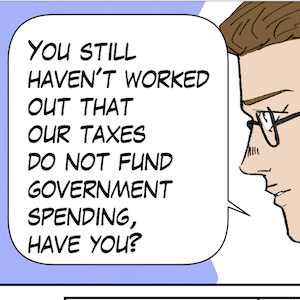Over the last few years, the RBA has been emphatically denying that price gouging from corporations with significant market power has been driving the movements in the inflation rate. They knew that if they conceded that reality then there would be no justification for the 11 interest rate hikes they have introduced since May 2022. It was obvious that firms were pushing up profit margins – that is, increasing prices beyond the increases in costs. Still, the RBA denied it and claimed that firms were facing wage pressures and excessive demand, which justified the interest rate rises, despite the evidence not being supportive. On Tuesday (February 6, 2024), a new study has found that there is massive price gouging across all sectors of Australian economy by corporations, many of them operating in sectors that were heavily privatised (for example, airlines, electricity, child care, banking). There is systematic profit margin push going on which has been a significant contributor to the persistent inflationary pressures. These findings strip the RBA of any justification for their unconscionable rate rises which have transferred billions to the financial elites at the expense of low income mortgage holders.


